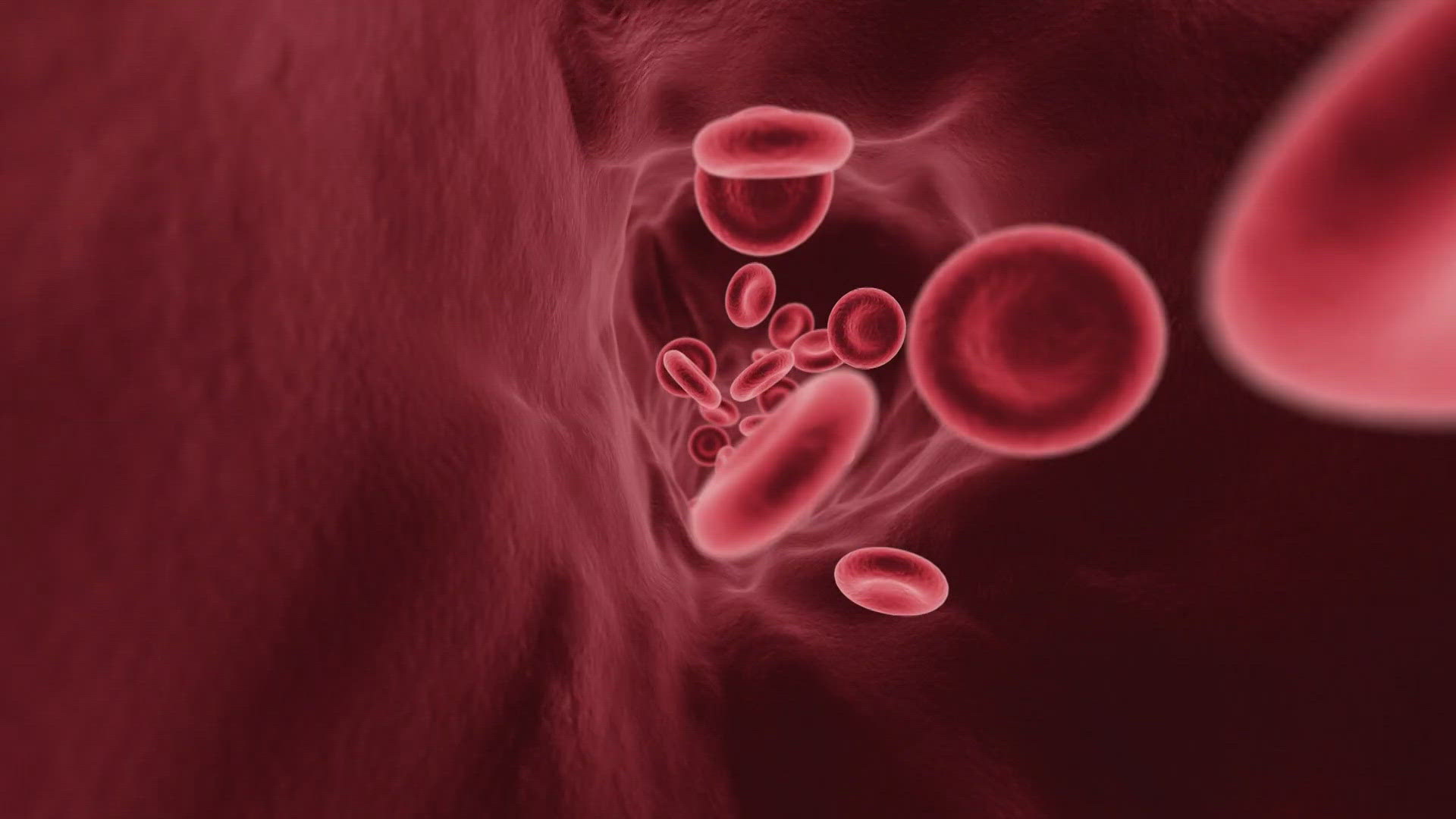CLEVELAND — It is not the same as the parvovirus that infects dogs, and it's not possible for you or your dog to give it to each other.
However, the Centers for Disease Control and Prevention issued a warning last week notifying health care providers about increased activity in the U.S. of parvovirus B19, the human version of the disease. It's a seasonal respiratory virus transmitted through respiratory droplets by people with or without symptoms, and it often causes your body to stop producing red blood cells.
Chances are, you've probably had it at least once. It's estimated that 50% of adults and 85% of elderly people have had the infection in their lifetimes.
There is no routine surveillance for this and it's not a reportable disease, but it does pose a risk to certain groups of people. Those include those who are pregnant, those with sickle cell disease, and those with compromised immune systems.
A lot of cases came from classrooms, so as kids go back to school, parents should be aware.
Symptoms appear about seven days after infection. The first phase is typically fever and fatigue, and this is when people are most contagious. It lasts about five days.
The second phase usually includes a blotchy red rash on the face, commonly known as slapped cheek rash. A second rash can appear elsewhere on the body and may be itchy, and can last days on the skin and achy joints.
The rash can last up to 10, days but most people recovery completely.
The reason for this warning is because in June, the CDC received reports from doctors who saw increased numbers of pregnant women with severe fetal anemia or pregnancy loss, along with increases of aplastic anemia in people with sickle cell disease.

